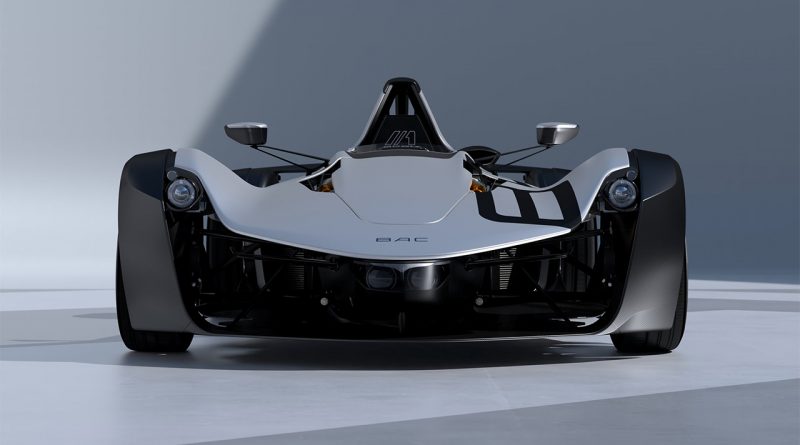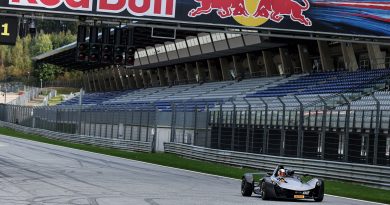BAC Reveals New Mono at Monterey Car Week
Liverpool’s BAC has revealed the latest iteration of its unique Mono supercar at the prestigious Monterey Car Week in California.
Effectively a third generation of the car that made its debut in 2011, the new Mono is an evolution that takes in some of the design and technology of the more track-focused R model to produce even higher performance while retaining the manners required of a road car.
Despite already weighing less than 600kg, BAC has shaved more weight for the latest model. That’s courtesy of extensive use of graphene composites on the redesigned body , which is intended to create a more aerodynamically efficient shape while remaining obviously a Mono.
Crucially there’s a new engine which returns the Mono to its previous configuration as a naturally aspirated 2.5-litre unit and dropping the 2.3-litre turbocharged unit of the second-generation model launched in 2020.
That does mean a slight dip in power, to 311hp, but with an extensive redesign that includes forged rods and pistons, individual throttle bodies, and a new intake system it will rev up to 8,000rpm. There’s also a six-speed sequential gearbox with customisable gear ratios depending on the customer’s preference.
In terms of power to weight, the new Mono delivers 545hp/tonne, allowing for 0-60mph acceleration of 2.7s depending on conditions and gearbox configuration.
To retain road manners, BAC has reworked the pushrod-activated twin wishbone suspension. There’s now 50% greater anti-dive on front suspension (preventing the nose dipping under heavy braking) and 50% more anti-squat on the rear (stopping the rear from compressing under hard acceleration).
The Mono remains available with special, model-specific Pirelli Trofeo R tyres, and customers can also select slick and wet track tyres.
BAC has already started construction of the new Mono at its Liverpool headquarters, and the order books are open. Pricing hasn’t been specified, but it’s likely to be in the same £150,000 region as the outgoing model.




